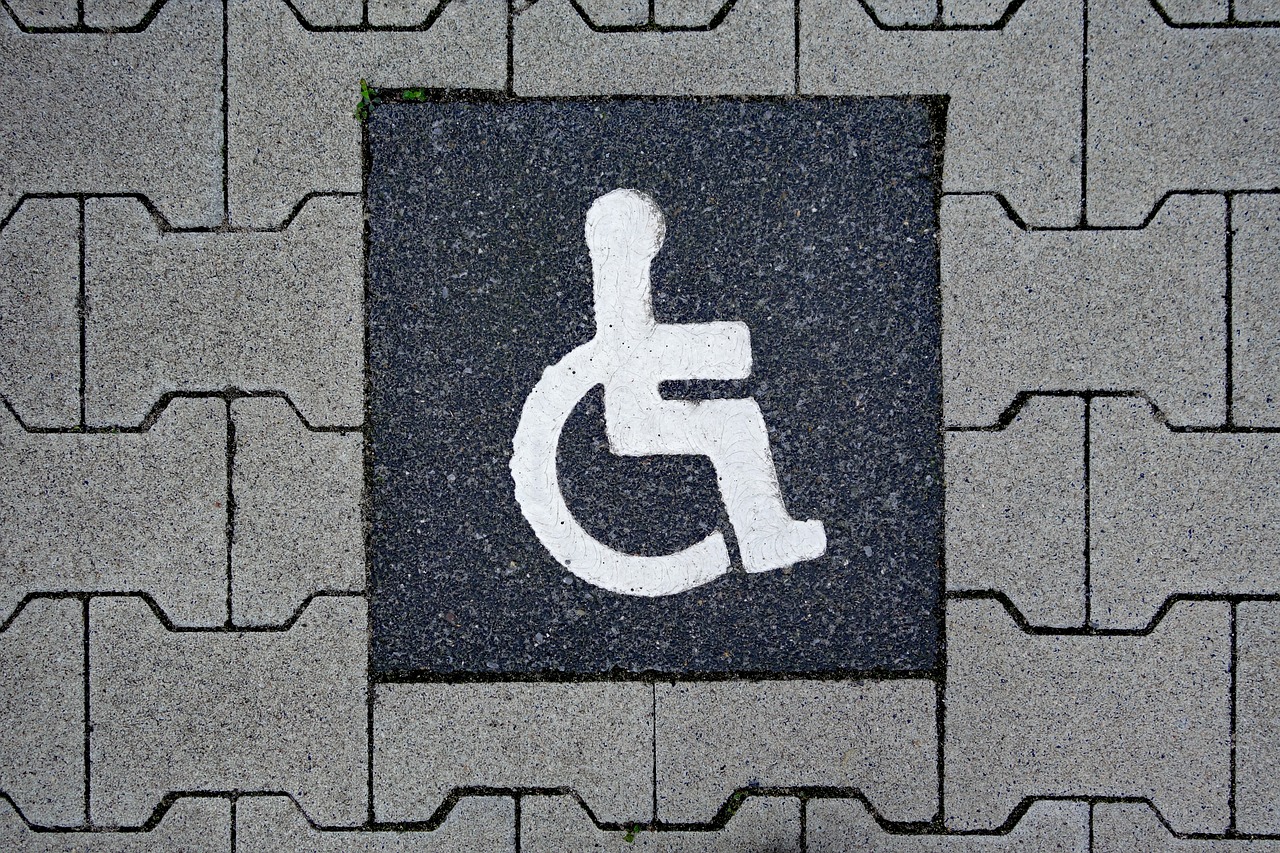For people with physical or cognitive disabilities, basic daily activities can be challenging. That’s where assistive technology comes in handy. Assistive technology, often referred to as disability aids, involves tools and equipment that help individuals with disabilities function more independently.
Assistive technology can take many forms and can be used to increase independence, improve mobility, and enhance communication abilities. For instance, wheelchairs, hearing aids, and communication boards are all common forms of disability aids. Other examples of assistive technology include magnifying glasses for visually impaired individuals, voice recognition software for those with limited motor skills, and even specialized apps that help with organization and time management.
One major category of assistive technology is mobility assistance. Mobility aid, such as crutches, wheelchairs, and walkers, can help individuals improve their movement and balance abilities. Canes may be used by individuals with visual impairments to navigate their environment more safely. Recently, advanced mobility aids such as exoskeletons and motorized wheelchairs have emerged, offering greater mobility and independence to individuals with disabilities.
Another common technology used to help individuals with disabilities is communication aides. For individuals with speech or language impairments, augmentative and alternative communication AAC devices can be an essential tool. These devices can take many forms, including communication boards, speech-generating devices, and picture exchange communication systems.
For individuals with hearing impairments, hearing aids can offer a similar sense of independence. Hearing aids amplify sounds in the environment to make conversations and other everyday sounds more audible and intelligible. Cochlear implants are another type of technology that can help individuals with severe hearing impairments regain some hearing ability.
Technology has also revolutionized the way individuals with cognitive disabilities can access and interact with the world around them. For instance, voice-activated software like Siri and Alexa can help individuals with disabilities access the internet and perform other daily tasks with greater ease. Adaptive apps and special software programs can also help individuals with executive functioning difficulties manage their time, organize tasks, and stay focused.
Although assistive technology can be a game-changer for individuals with disabilities, it can be expensive and not always covered by insurance. This lack of access to essential devices can limit independence and opportunities for many individuals with disabilities. However, there are various organizations and government agencies that offer financial assistance for the purchase of assistive technology.
It’s essential to note that assistive technology is not a one-stop solution for all disabilities and that each individual’s needs and abilities must be taken into account when selecting a disability aid. Additionally, many disabilities often require a combination of tools and strategies to improve everyday functioning. Regardless, assistive technology plays a critical role in empowering individuals with disabilities to lead more independent and fulfilling lives.
Assistive technology and disability aids offer critical support to individuals with disabilities, enabling them to more easily perform everyday tasks and feel connected to society. The advances in assistive technology continue to create new possibilities and opportunities for individuals with disabilities. By increasing access and awareness of these technologies, we can empower individuals with disabilities to live full, self-determined lives.





